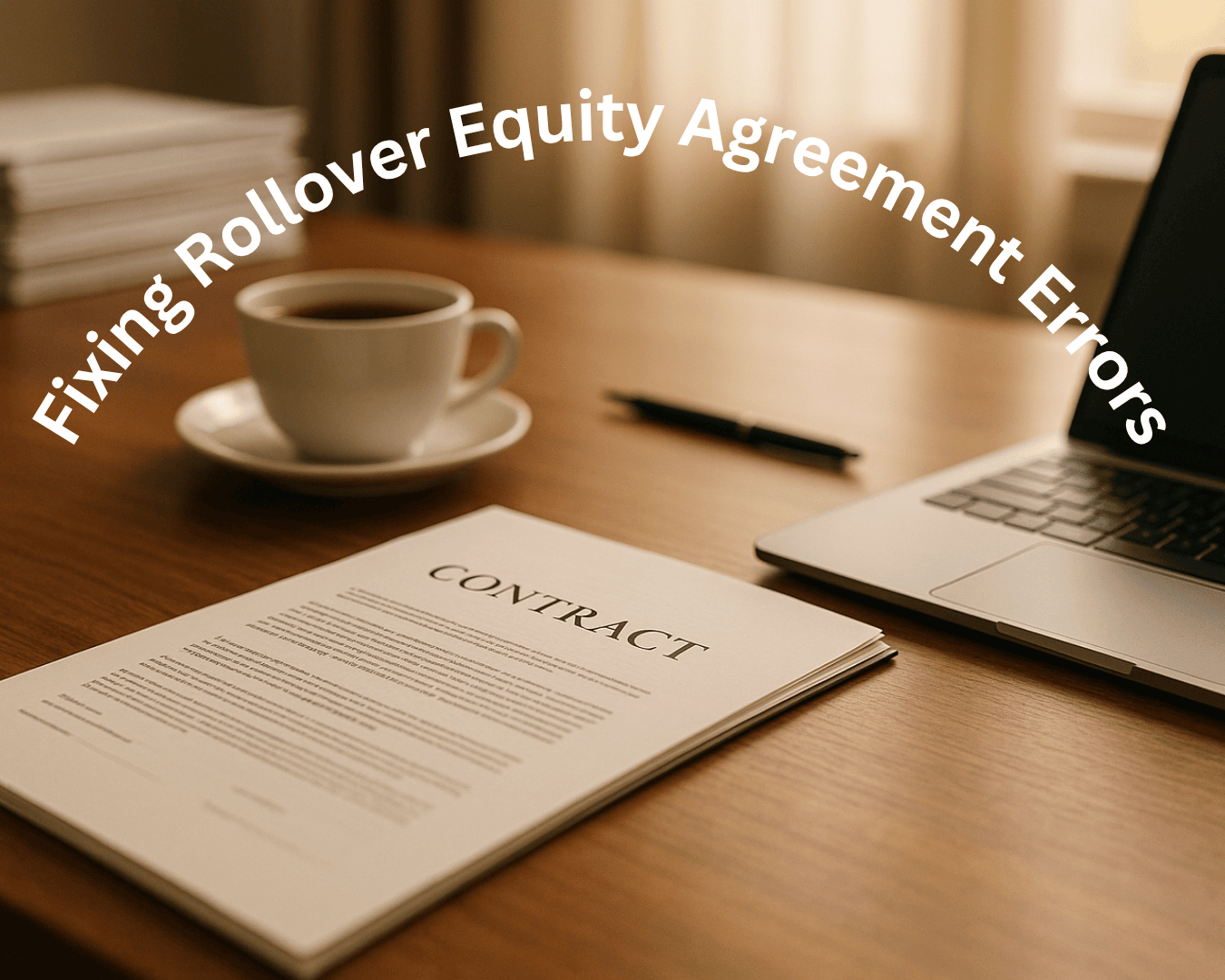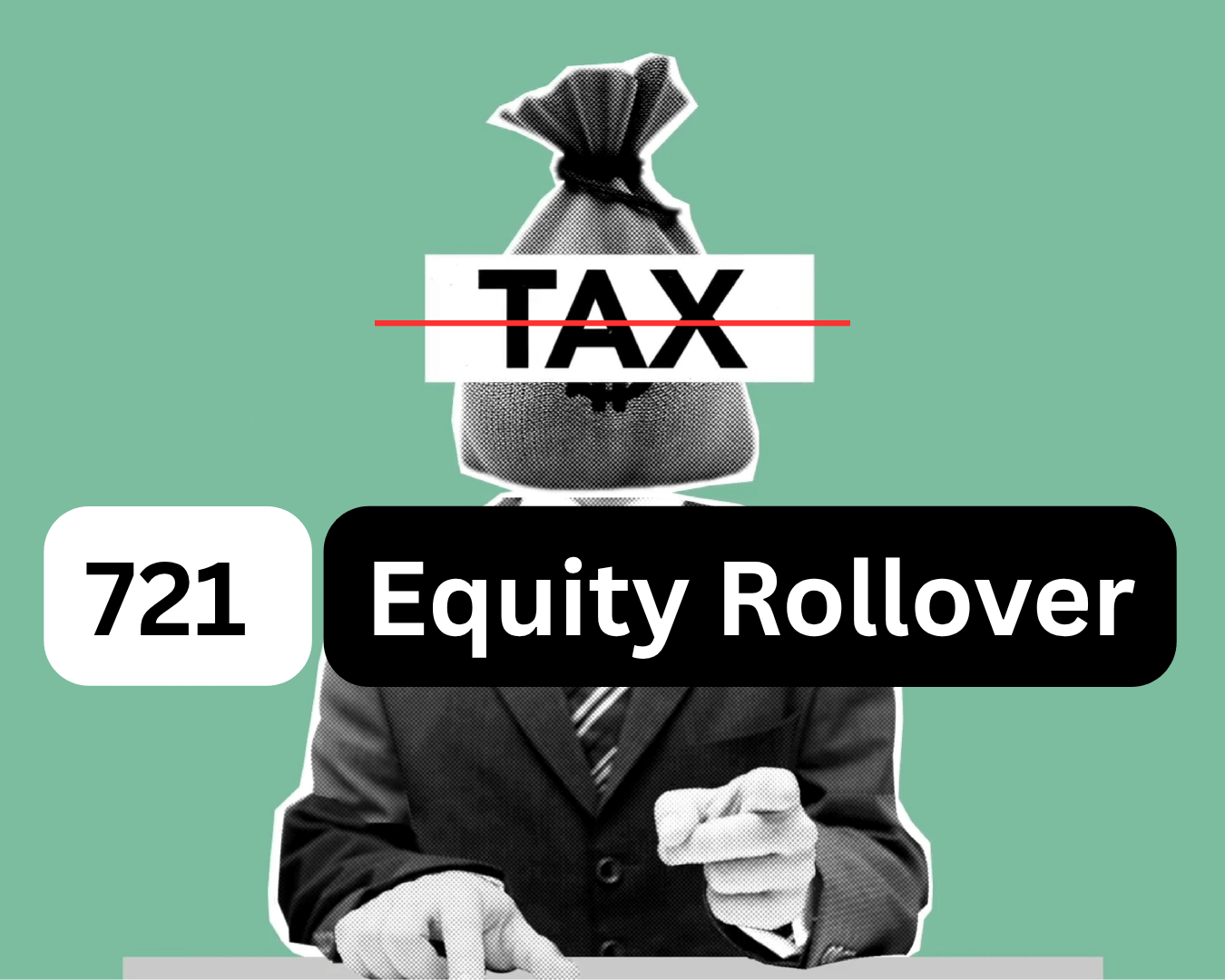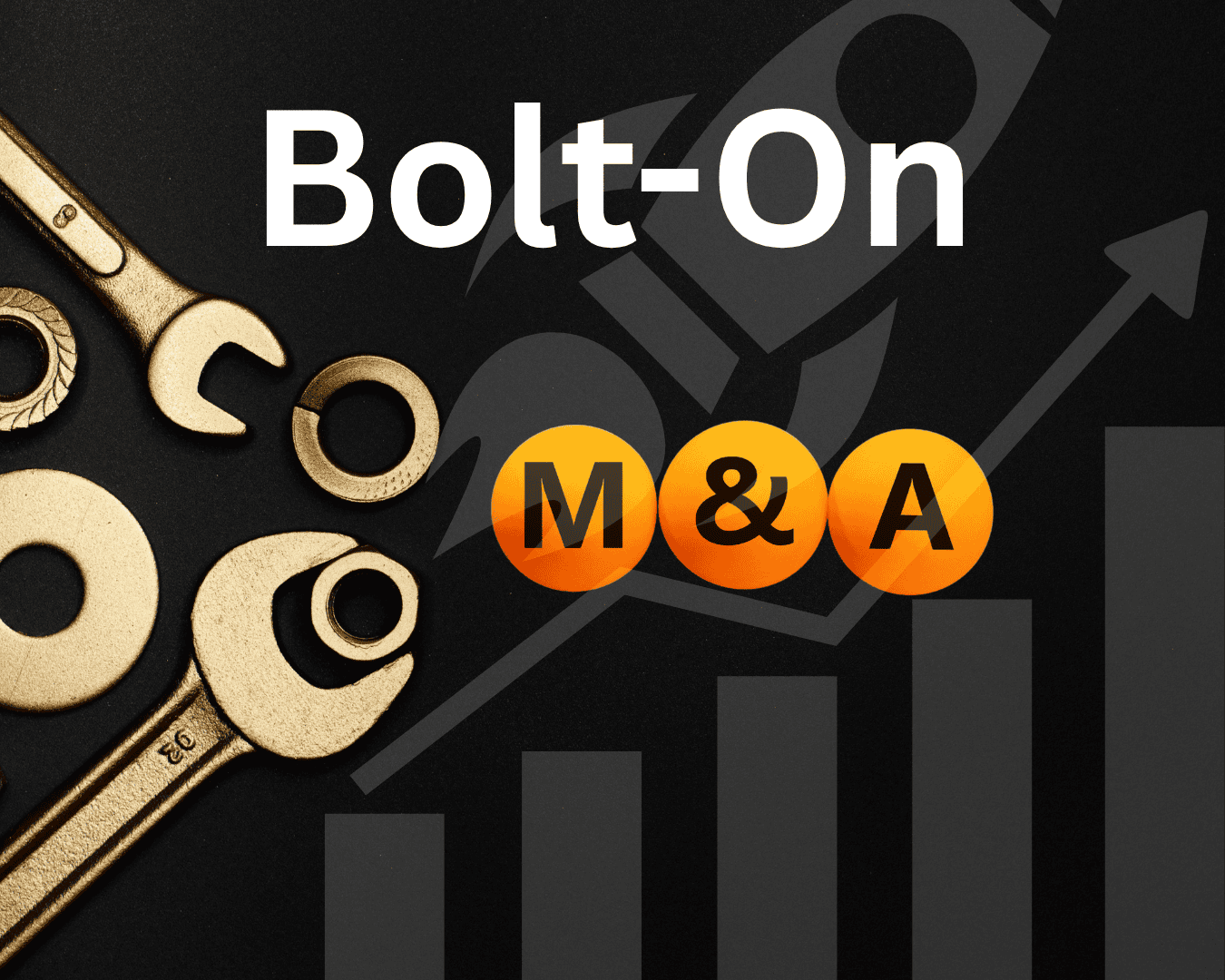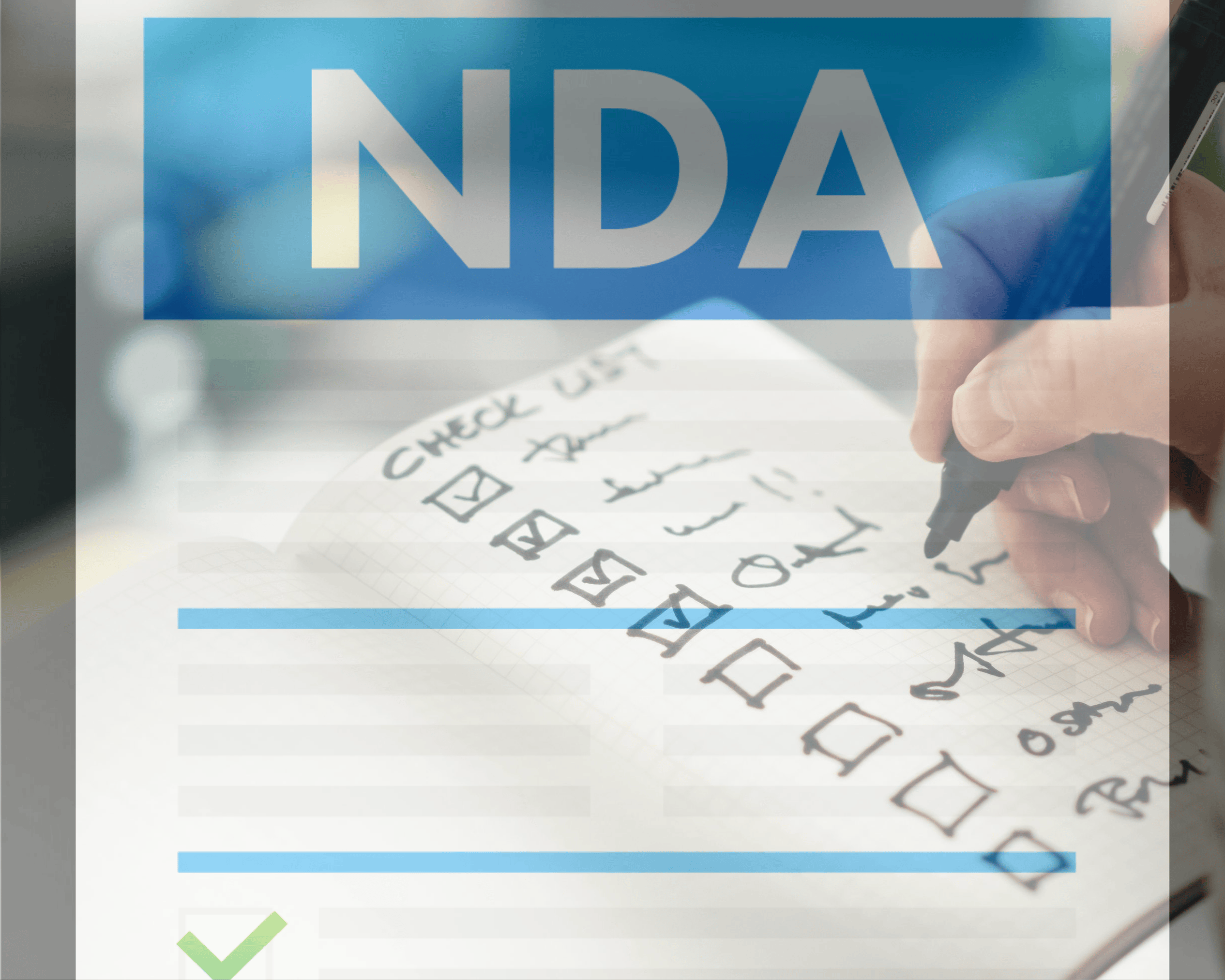If you’re serious about buying a business through a search fund, deal structure isn’t just a line on your LOI—it’s the game board. The better you understand it, the more strategic leverage you have at every stage of negotiation, financing, and growth.
This isn’t theory. This is what separates the operators who close and scale from the ones who spin their wheels in diligence limbo.
Let’s break down the key elements of deal structuring for search fund buyers—what you need to know to win.
🔑 1. Understand the Capital Stack
Every deal is built on a mix of capital—your job is to optimize for control, upside, and risk. Most search fund deals look like this:
- Equity (20-30%)
Usually funded by your investor base, your own capital, or both. Investors typically get preferred returns or a liquidation preference. - Debt (50-70%)
Often an SBA 7(a) loan. You can borrow up to 90% LTV if the business cash flows well. Non-SBA senior or mezzanine debt may also be an option for larger deals. - Seller Financing (10-30%)
Critical for alignment. This may be subordinated to senior debt and often comes with an interest-only period and a balloon.
📌 Pro Tip: SBA lenders usually require the seller note to be on standby for 2 years (no payments). Use that to your advantage to reduce cash out at closing.
💸 2. The Searcher’s Equity Structure
Once the deal is funded, how do you get paid? Here’s the standard searcher equity breakdown:
- Base Equity (20-30%): This is your equity stake as the operator.
- Time-Based Vesting: Typically vests over 4-5 years.
- Performance Hurdles: Some deals include IRR or MOIC-based bonuses.
You can also reinvest your promote—meaning the more value you create, the more equity you earn. Think of it as sweat equity with a performance kicker.
🧾 3. Earnouts, Holdbacks, and Contingencies
Not everything is paid up front. Here’s how you can bridge valuation gaps or reduce your risk:
- Earnouts: Deferred seller compensation based on hitting revenue or EBITDA targets post-close. Helps when seller has unrealistic expectations.
- Holdbacks: A percentage of the purchase price held in escrow to cover post-close issues (e.g., tax liabilities, customer churn).
- Contingent Consideration: Similar to earnouts, but structured to align with specific KPIs.
⚠️ Warning: SBA deals don’t allow performance-based earnouts. But you can use holdbacks or balloon payments that are fixed and time-bound.
🧠 4. Legal Terms That Matter
You don’t need to be a lawyer—but you do need to understand these:
- Non-compete: Keeps the seller from poaching customers or starting a competitor.
- Transition Agreements: Spell out how long the seller will stick around to train you.
- Employment Agreements: For key employees. Golden handcuffs matter if you’re keeping the team.
- Indemnification: Covers you against misrepresentation or unknown liabilities.
🪙 5. Aligning Incentives Post-Close
Smart buyers keep sellers or key managers involved when it makes sense. You can do that through:
- Phantom Equity or Profit Share Plans
Retain key talent without giving away real ownership. - Consulting Agreements
Keep the seller involved in a non-executive role during transition. - Equity Rollover
Let the seller retain 5-10% equity for continued skin in the game. Great for larger deals or bolt-ons.
📊 6. Model the Deal—Then Stress Test It
Before you sign anything, run your financial model under three scenarios:
- Base Case: Conservative growth, modest improvements.
- Best Case: Synergy, growth, margin expansion.
- Worst Case: Flat revenue or margin compression. Can you still service debt?
🎯 The number one killer of new owners? Poor cash flow planning. Don’t just fall in love with EBITDA—obsess over free cash flow.
🧠 Final Thought: Play Offense, Not Just Defense
The best searchers aren’t just buying a business—they’re buying optionality. A well-structured deal sets the stage to:
- De-lever and recap within 2–3 years
- Bolt on additional companies
- Bring in a strategic partner or second round of capital
- Exit at a 5-10x multiple in 5-7 years
Structure the deal to win—not just close.
Want Help Structuring Your Deal?
At Clearly Acquired, we help searchers navigate financing, structure, and negotiation. If you’re ready to go from looking at businesses to owning one, we’re here to help.
🧠 Advisors who’ve actually closed deals.
💰 Lender marketplace to fund it fast.
📊 Deal tools built for acquisition pros.











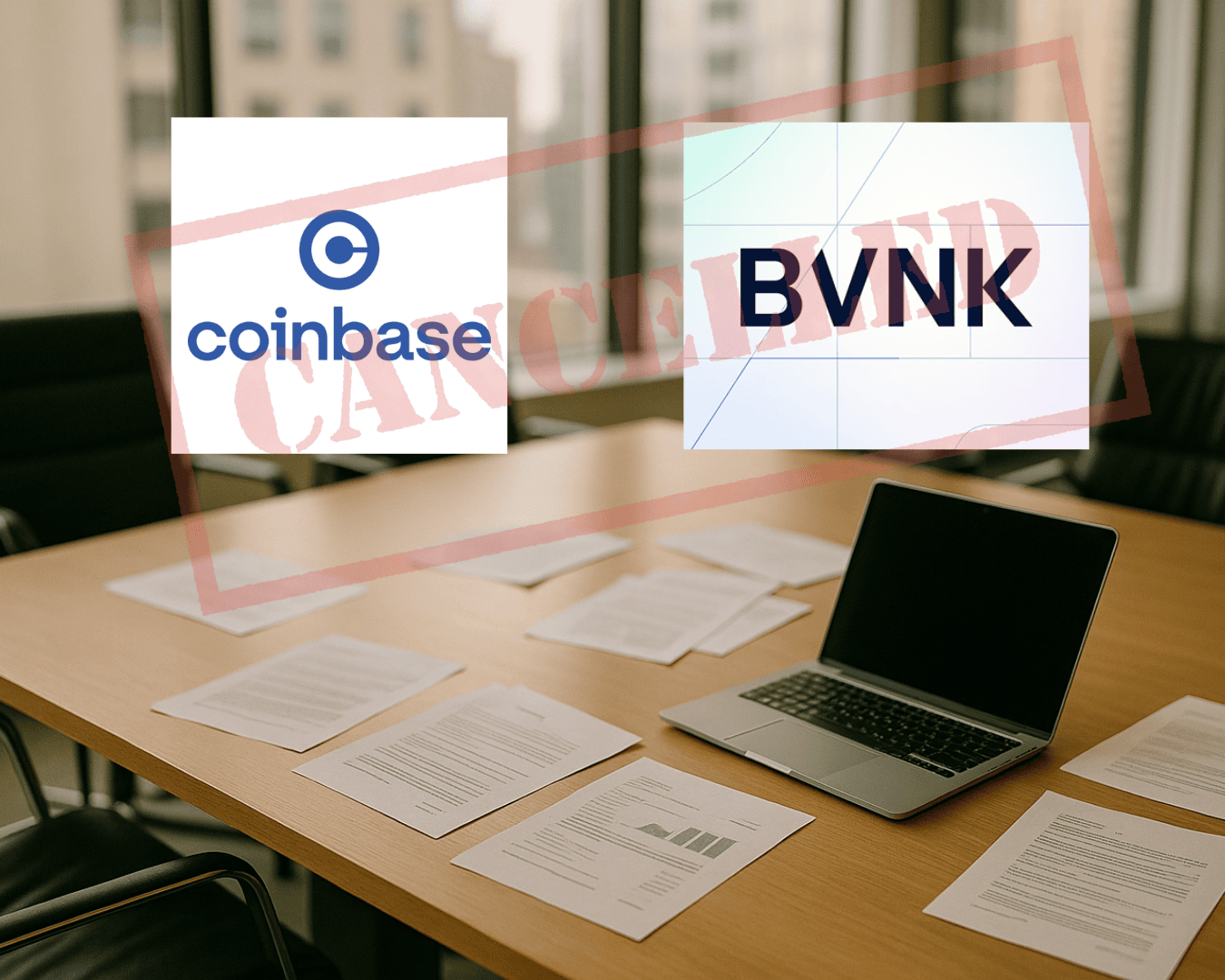









.png)




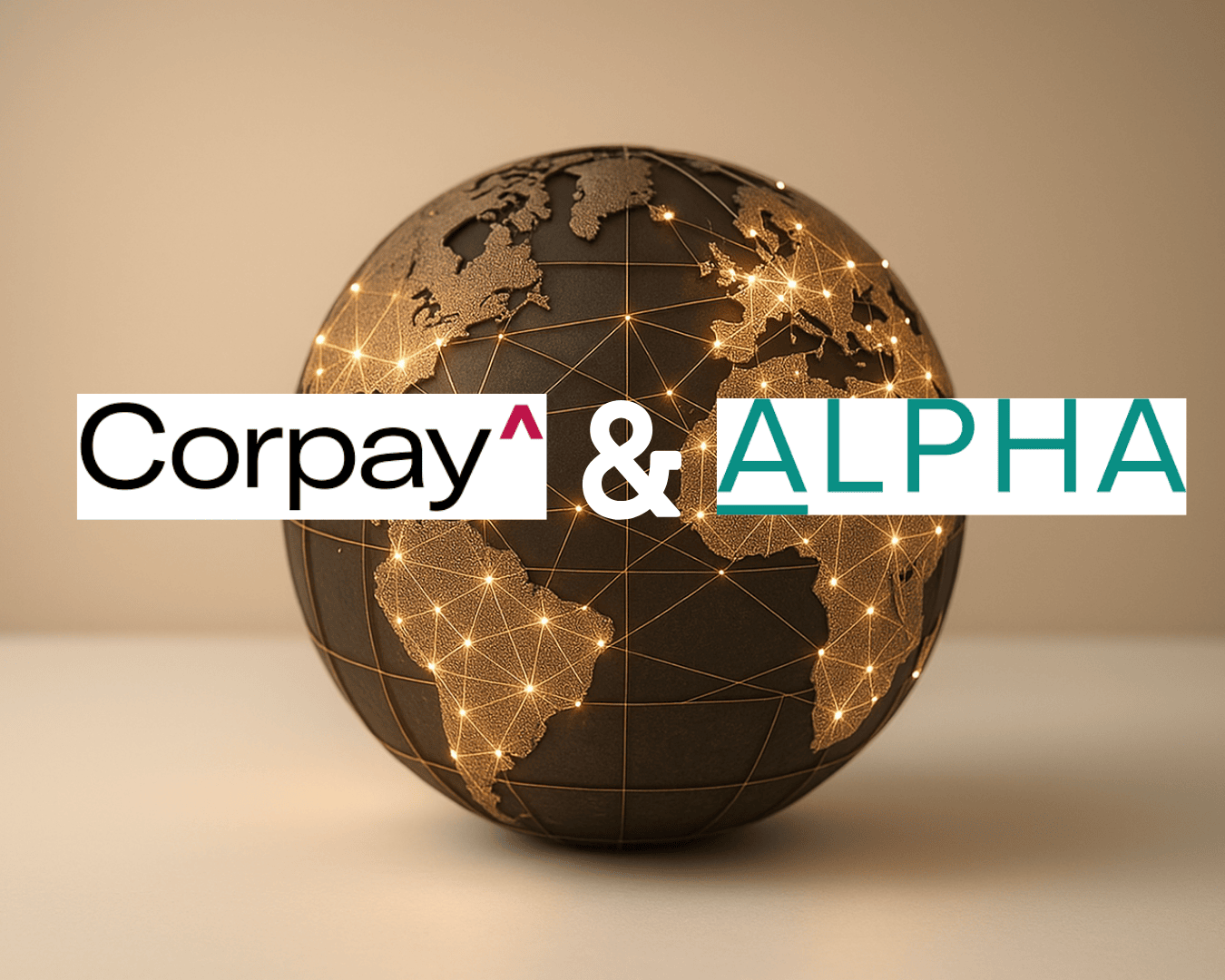























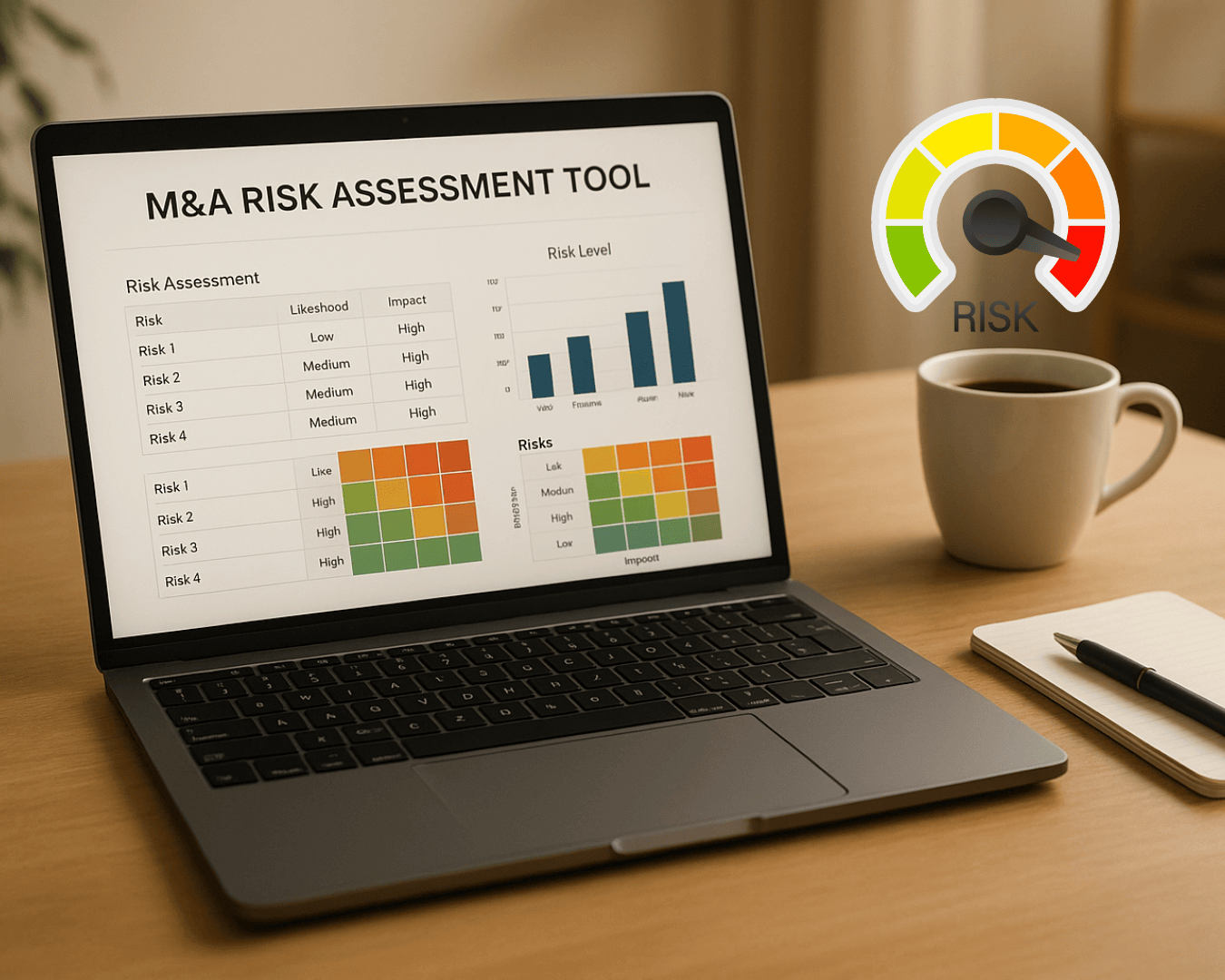


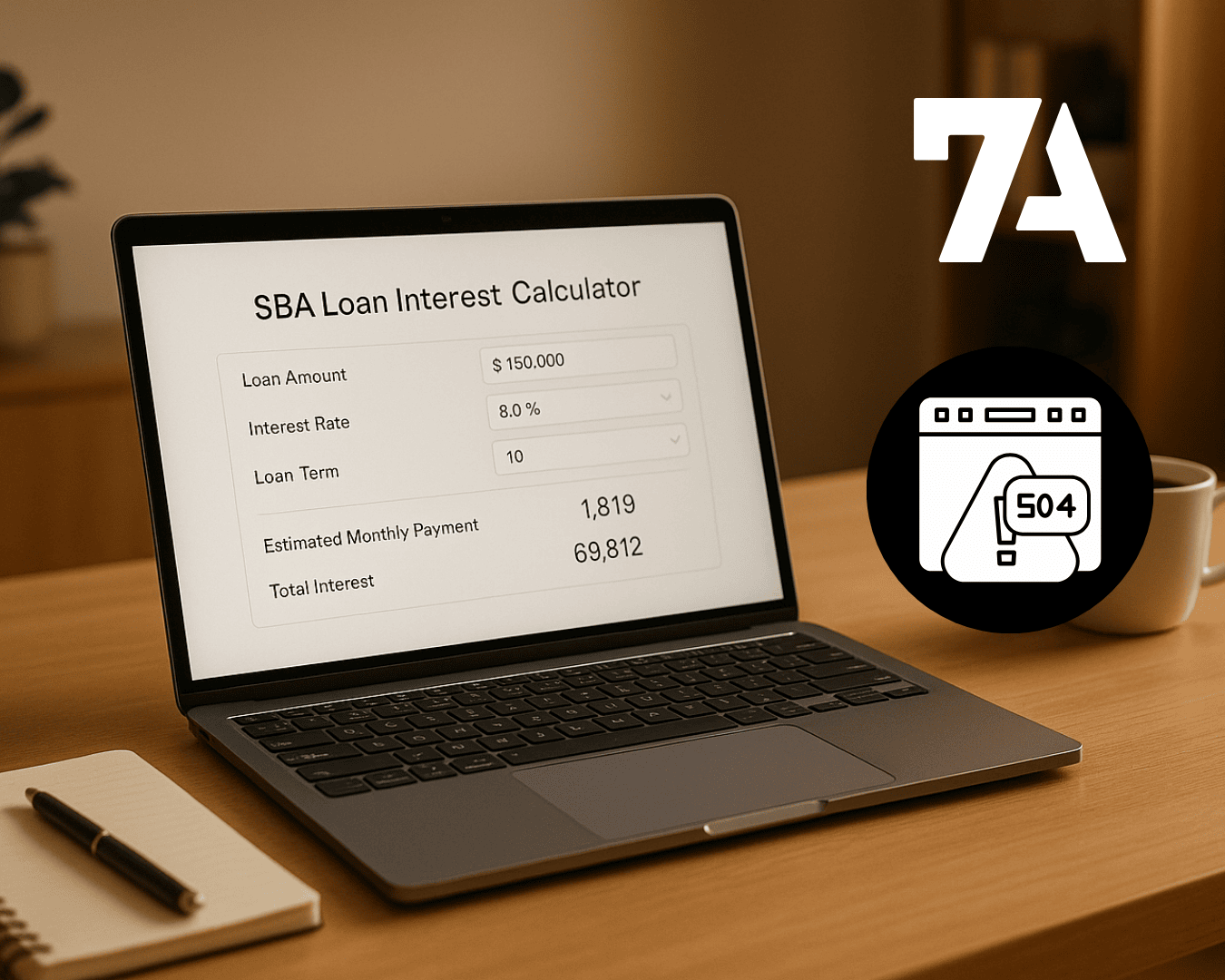








%20Loan%20Application%20Checklist.png)
